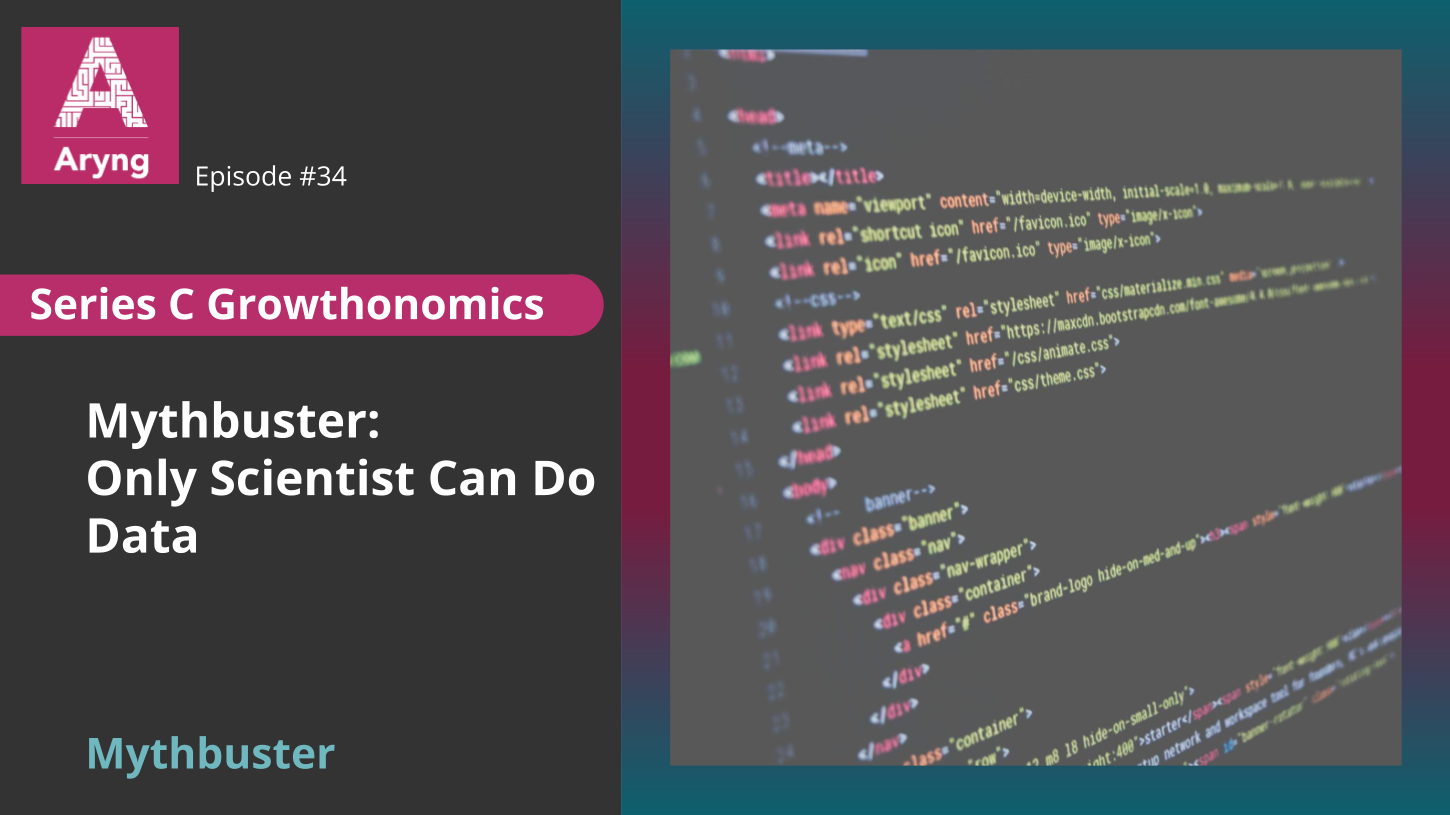It’s frequently said that machine learning (ML) and artificial intelligence (AI) are the ultimate tools for the future. Yet, they can only solve 5–10% of business problems. That is because advanced development methods and profound insights into human nature are required to unlock their full potential. But at present, about 90% of the business problems are solved using simple techniques like aggregate analysis, sizing, and estimation, etc.
The importance of problem-solving skills
In today’s fast-paced world, problem-solving skills are more important than ever. Not only do they help us to navigate our everyday lives, but they are also essential for success in the workplace.
Unfortunately, many people lack these critical skills, which can lead to frustration and even job loss. That is why it is so important to learn how to solve problems effectively – not just with traditional methods such as logic and reasoning, but also through the use of machine learning (ML) or artificial intelligence (AI).
Both ML and AI are powerful tools that allow us to automate tasks or processes. They can be used in a variety of ways – from customer service workflows to manufacturing processes. In general, ML/AI solutions are able to make complex tasks much easier by identifying patterns and trends quickly. This allows you to focus on what really matters – solving the problem at hand!
Our patented framework, BADIR, promotes a systematic way of problem-solving by following a steady step-by-step technique of breaking the problem into several smaller parts to tackle them effectively and efficiently. This not only makes solutions more viable.
But there is nothing wrong in integrating AI/ML into these simple techniques and frameworks, by employing skilled professionals who can help guide AI and ML systems through tough challenges, organizations can ensure that they’re getting the most out of these powerful tools.
How to use ML/AI effectively
Machine learning (ML) and artificial intelligence (AI) are two of the most promising fields in technology today. They can help businesses solve a wide range of problems, from automating simple tasks to predicting customer behavior.
However, these technologies come with a lot of challenges. In this article, we will discuss some tips for using ML and AI effectively in your business.
When it comes to data collection, you first have to decide what type of data you need. Think about things like demographics, product sales data, or social media interactions. Once you have the correct information, start training your machine-learning algorithm. This process involves feeding your computer large amounts of labeled data (in this case, the raw data that corresponds to the desired information) so that it can learn how to recognize patterns and predict future events based on those patterns.
Once you have trained your algorithm correctly, use it strategically in order to improve your business processes or products. For example, you could use ML algorithms to analyze user feedback and make changes accordingly、or rule out potential customers before they even contact you.
There is no one-size-fits-all approach when it comes not just ML/AI but any form of decision-making – each situation requires its own tailored solution. So be sure to keep trying different methods until something works!
Conclusion
In the end, it all comes down to perception. The experts say that traditional tools can handle most of the tasks with little to no extra effort. But certainly, AI/ML is not the only future of technology is for sure. Hope this insight has helped you form your own. If you did, do share it with us in the comments.




